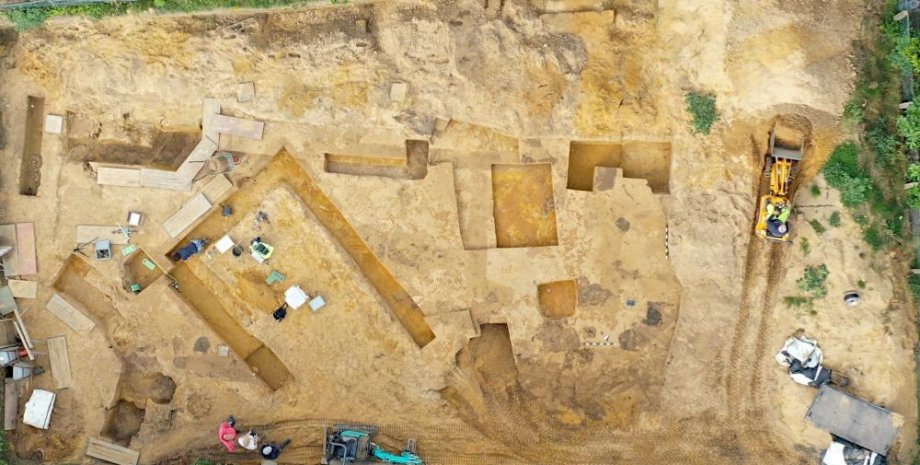
Subscribe not to miss the latest and most intrusive news from the world of science! These findings dating from Caesar Augustus struck experts. Particularly interesting discovery is that such structures have never been found in Roman military camps before. The foundations of these temples in the form of rectangular clay bases are all that survived over time. Buildings, almost 9.
2 square meters, were probably built of wood and seemed to imitate cult stone shrines, which can often be seen in different Roman cities. Dr. Bettin Tremmel, an expert on Roman research in LWL, explained: "These two rectangular buildings were made of clay frames, but they were based on typical large centers of stone, which could be found in numerous Roman cities during the Emperor of August. " Captures the unprecedented nature of these findings.
Before this discovery of cult buildings of this type, they have never been found in the territory of Roman military camps. Although the remains of these buildings were investigated almost a century ago, their unique combination with the context of the Roman camp went almost unnoticed due to lack of comparisons. The current excavations have opened important details about the western cult building.
Experts managed to reveal almost the entire plan of a wooden structure of 30 square meters with a five -meter front in front. Among the architectural features are two wooden columns on the front corners of the building. Both temples are part of a complex of 2,000 square meters, which was previously considered a building for soldiers' meetings. However, further investigation showed that it was converted into a military workshop, as evidenced by the various tools found there.
Perhaps the most amazing aspect of this find is the presence of a ground pit for sacrificial burning, located between the two clay foundations. Although it was violated during previous excavations, it contains Roman artifacts, similar to those found in Roman burial in Galter. It is important to note that the practice of burial within such settlements has been prohibited by Roman law.
Researchers add that while the focus in the region focused on Roman logistics, military infrastructure and technologies, the religious beliefs of the Romans were paid little attention. Moving on, the team aims to explore the secrets that stand behind this unprecedented find in the coming months. Earlier, Focus wrote about another treasure found in Italy. Researchers have found more than 3,000 Roman coins and rare gems. We also said that the diver found a large -scale treasure of the Roman Empire.










All rights reserved IN-Ukraine.info - 2022